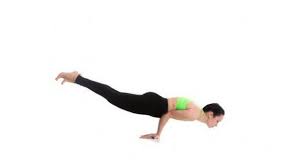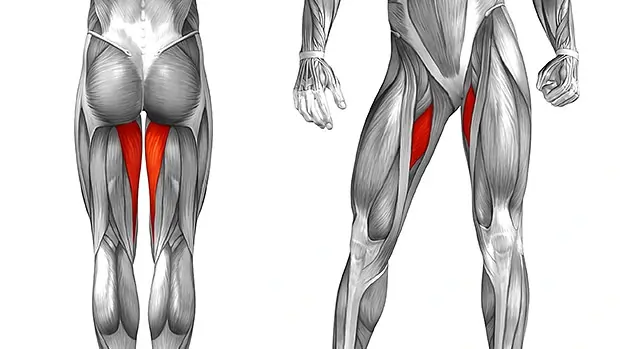Mayurasan
Mayurasana :
Mayurasana is an advanced arm-balancing asana that tones and detoxifies the body, promotes mental health, and energizes the solar plexus chakra.
Cautions:
Mayūrāsana is an important balancing asana that demands physical strength. In this asana the entire weight of the body remains on the navel and it is possible to lose balance at any moment. Those suffering from cervical spondylitis are not recommended to practice it.Those who are in pregnancy should not practice it.
steps :
Start this pose by sitting on your heels. Keep some distance between your both knees.
Keep your hands on the ground with fingers points towards your body. Slowly bend your elbows and press them towards your belly.
Keep your abdomen firm. For this place your head on the ground, and work up the quality in your stomach.
Now stretch your legs out, in a way that your knees are straight and your feet are facing the floor.
Keep your shoulder bones strong and pushed into your back. Fix your bum and lift your head and look forward.
Move your body weight forward and raise your legs from the ground. Lift your body by your hands and it should be parallel to the ground.
Remain in this pose about 30 seconds and you can increase the holding time about one minute by daily practice.
After that put your head and feet on the floor and release the pose.
Benefits :
Peacock Pose removes toxins and detoxifies your body.
Improves the function of digestive system and makes abdomen stronger.
Peacock Pose is beneficial in piles and diabetes.
Strengthens and tones your reproductive system.
Mayurasana Improves sexual activity.
Makes your elbows, wrist, spine, and shoulders stronger.
Mayurasana improves your posture.
Reduces anxiety and stress and give calmness to the mind.
Increases your focusing power of the mind.
Beginner’s Tip :
As a beginner, you might find it hard to balance yourself in this asana. To get the asana right, use blocks to support your head and ankles till you get a hang of the asana.
Stretches:
Arms, Back.
Strengthens:-
Forearms, Legs, Wrists, Back Torso.
Modifications:
Traditionally the palms are placed flat on the floor in this pose. However, it’s possible to change the position of your forearms and hands. You’ll need a block to brace your hands. You can make the pose slightly easier by pressing your palms flat on the ends of the block, so your wrists are perpendicular to the floor. Be sure to curl your fingers around the back of the block and then touch your fingers to your yoga wall. Press the inner wrists actively toward the floor. Or you can turn your palms up to face the ceiling, with the pinky sides of the hands on the block. This will help you learn about the rotation of the upper arms. Keep the palms lively and the thumbs stretching away from the ends of the block.
Variations:
It may not be possible for you to perform the full pose right away. Instead, you can perform its halfway variation, Ardha Pincha Mayurasana (are-dah = half), which will help you build up strength and confidence for the full pose. Sit on the floor with your legs fully extended and your feet against the yoga wall. Make an imaginary mark on the floor beside your hips. Turn around, so your back is to the wall, kneel down, and put your elbows on the mark. Then set yourself up for the pose as described in step 1 above. Step one foot high up onto the wall, then push off the other foot and hoist it up alongside its mate. Now walk your feet slowly down the wall, until your legs are parallel to the floor and your torso perpendicular. Press the heels firmly into the wall by lifting the tops of the thighs and tailbone toward the ceiling. Stay for gradually increasing lengths of time, starting with about 15 seconds and working toward 1 to 2 minutes. If you are strong enough to perform this variation, you are strong enough
to support yourself in the full pose.
Precautions And Contraindications:
These are a few points of caution you must keep in mind before you do this asana.
It is best to avoid this asana if you have an injury in your wrist, shoulder, or elbow.
Avoid this asana in case you have the following conditions:
Heart diseases
Hernia
High blood pressure
Eye, ear, and nose infections
Problems in the intestine
Brain tumor
Menstruation
Pregnancy
3. This asana is said to detoxify your system and release toxins. If you feel unwell during the pose, release the asana immediately.







